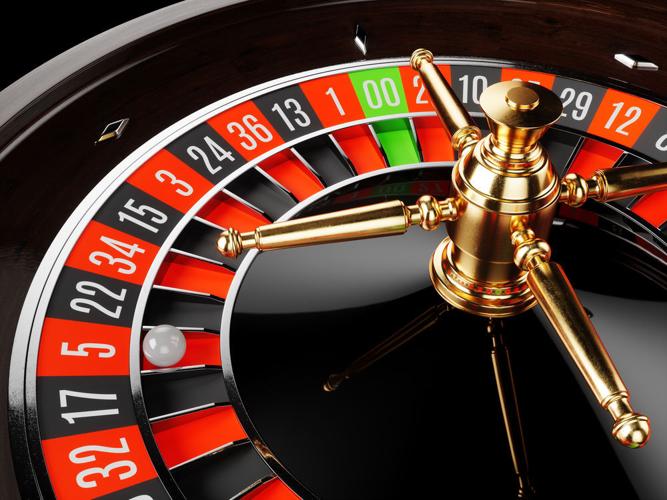Imagine a game where the sum of all its numbers, from 1 through 36, adds up to 666 – a number often associated with the devil. Legend has it that the creator of the single zero Roulette wheel struck a deal with the devil to unlock the secrets of this captivating game. While that’s a fascinating tale, the true origins of Roulette are firmly rooted in history and mathematics.

The Historical Beginnings
Roulette is a game deeply intertwined with the history of roulette wheel, statistics, and the concept of house edges. What might surprise many is that the Roulette wheel’s creation was not rooted in the intention of becoming a casino game. Instead, it was the brainchild of Blaise Pascal, a renowned French physicist, inventor, and mathematician, who embarked on this journey in the year 1655. At its core, Pascal’s original quest was to engineer a perpetual motion machine, a device that could function indefinitely without the need for external energy sources. Although Pascal’s endeavor to construct such a machine ultimately met with failure, it inadvertently paved the way for the birth of one of the globe’s most beloved and iconic casino games
The Many Names of Roulette
Roulette has a rich history with various names and references. It was called “Roly Poly,” “Ace of Hearts,” and “Even-Odd,” in addition to being known as “Biribi” and “Hoca” in Italian. The modern name “Roulette” stems from the French word meaning “Small Wheel,” and it evolved from the English term “Roly Poly.”
The Introduction of the Zero
Remarkably, the Roulette wheel we know today did not feature a zero until the mid-19th century. The original Roulette wheel, designed by Pascal, remained unchanged for centuries. It wasn’t until 1842 that Francois and Lois Blanc introduced a Roulette wheel with a single zero, particularly for King Charles III of Monaco. This addition significantly tilted the odds in favor of the house, as the zero provided a larger house edge.
European vs. American Styles
Presently, the Roulette game is categorized into European and American styles, differentiated by the presence of the zero. The double zero wheel is known as the American style, while the single zero wheel is the European style. The American version was streamlined for quicker bets and faster gameplay, while the French or European style adheres to a more traditional layout.
Monte Carlo’s Role
In a twist of fate, Charles III of Monaco sought a creative solution to his kingdom’s financial woes. He introduced a casino and the Roulette wheel, transforming Monte Carlo into a hub of upscale gambling culture. Simultaneously, France had outlawed gambling, further enhancing the allure of Monte Carlo.
Roulette’s Journey to America
As Roulette made its way to American shores in the 1800s, the game underwent another transformation. To give the house an even greater advantage, a double zero was added to the Roulette wheel, increasing the number of slots from 37 to 38. This variation, often called American Roulette, is a testament to how different regions put their unique spin on the classic game.
In essence, the story of Roulette is far more intriguing than any legend involving pacts with the devil. It’s a testament to human ingenuity, mathematics, and the ever-evolving world of casino gaming. Whether you prefer the European or American style, the Roulette game continues to capture the hearts of players worldwide.